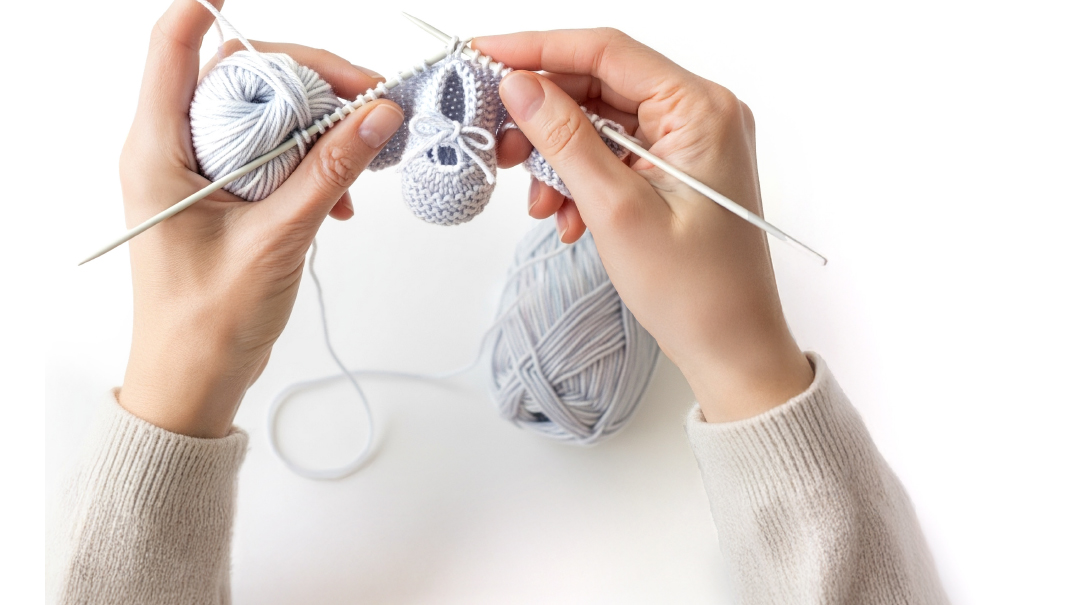The Bridge Builder
| September 29, 2020With warmth, charm, and grace, Rebbetzin Chaiky Rubin managed to reach across worlds and foster connection as she brought hundreds of women closer to Torah

Rebbetzin Chaiky Rubin managed to bridge worlds, perhaps partly because she herself represented a fascinating blend of Jewish cultures. Chaiky was raised first in Lakewood, then in Boro Park, and moved to Bat Yam in Eretz Yisrael as a teenager. She was chassidish, with a deep inner spirituality inherited from her father, but as the stylish wife of a dynamic rabbi, she had an open, approachable aura, which helped her touch hearts and bring women closer to their roots.
Chaiky’s father, Rabbi Shlomo Yechiel Grodzinsky, was a true Gerrer chassid. Born in GóraKawalria, the shtetl which gave its name to the chassidus, he was a year younger than the Bais Yisroel and a year older than the Lev Simchah. He treasured his childhood memories of the Sfas Emes, having attended this chassidic giant’s levayah at age six.
The Holocaust robbed Rabbi Grodzinsky of a wife and family, but when he arrived in America, he was determined to rebuild. He married Chaiky’s mother, the daughter of a Rabbi Elimelech Gordon, who had immigrated from Vilna to New York, and sought a genuinely learned and distinguished scholar for his daughter.
The postwar marriage of Gerrer chassid to college graduate and rabbi’s daughter 26 years his junior turned out to be a resounding success. By blending two worlds, and creating an island of Torah and warmth, the Grodzinskys raised a beautiful family.
Movers and Shakers
At first, Rabbi Grodzinsky worked as the shochet in Lakewood. Rav Aharon Kotler would often accept rides in the Grodzinskys’ car, which was the only one in the tiny community. Mrs. Grodzinsky drove, while her husband sat in the back, talking in learning with the Rosh Yeshivah.
When their children grew a little older, they relocated to Boro Park, where there was a Gerrer shtibel, and Chaiky attended Bais Yaakov. Mrs. Grodzinsky worked as a social worker in Maimonides Hospital. Ultimately, though, the idealistic couple decided they wanted to be in Eretz Yisrael. Apartments in most religious areas weren’t within their economic means, but there was a new Bobov kiryah being built in Bat Yam then that was an affordable option, and they settled there.
Young Brooklyn-raised Chaiky learned in the Wolff seminar in Bnei Brak, but she wouldn’t study there for too long. Her aging father who’d lost so much was eager to see nachas, to have his daughter establish a home of her own, and raise another generation to help replace those whom Hitler had eliminated.
Rabbi Yitzchok Reuven Rubin was an American bochur learning in the Bobov yeshivah in Bat Yam when someone proposed a shidduch with the daughter of a local Gerrer chassid. He met Chaiky once, and that was enough for both of them; the shidduch was sealed.
“The shadchan had a daughter who was friends with Chaiky, which was how he knew of her. Years later, I met him and asked what had made him think of our shidduch. He replied ‘You spoke English, and I knew she did too. So, it was a shidduch!’”
Their wonderful marriage lasted almost 55 years before Chaiky was taken from her beloved family from a sudden, fatal brain hemorrhage. The Rav’s respect and admiration for his wife is evident every time he speaks about her.
Oops! We could not locate your form.







